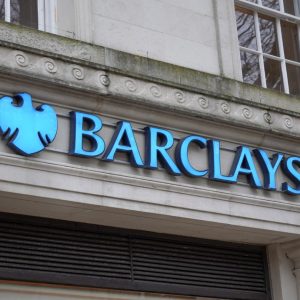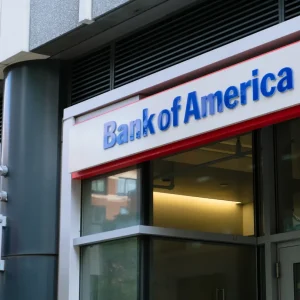Finn offers a new perspective on banking through customized tools that help consumers build savings and reflect on everyday spending, from a daily cup of coffee to a vacation with friends.
The bank designed Finn by working closely with millennials for more than a year to understand their unique money challenges and what influences their spending. Research found that emotions played a large part in their decisions, but they didn’t have a way to understand the impact it had on their financial lives.
“When it comes to money, millennials told us they don’t want to feel like they’re being judged,” said Bill Wallace, CEO of Digital at Chase. “So, we designed Finn to put them in charge, no matter where or how they’re spending.”
To help millennials play a more active role in managing their finances, Finn offers tools that let them:
Rate purchases: Customers can rate transactions as something they “want” or “need,” and assign emojis for how those purchases made them feel.
Automatically build savings: Customers save by setting personal autosave rules on their terms, like saving $5 every time they go shopping. Set it and forget it!
Stop overspending: Finn only lets customers spend what they have.
“We continue to invest in technology that makes banking easier for our customers, and gives them the confidence they need for their financial future,” said Thasunda Duckett, CEO of Consumer Banking at Chase. “Finn is yet another way we’re innovating for millennials by designing a product that lets them spend and save on their terms.”
Finn provides all of the capabilities of a traditional checking and savings account, but does it through a fully mobile experience. The new app is supported by Chase’s digital account opening platform, which allows consumers to sign up directly from their phone and start banking in minutes.
The Finn debit card gives customers fee-free access to more than 29,000 Chase and other ATMs which they can find by checking the ATM locator in, of course, Finn on their phone.
Finn by Chase debuts for iOS users today in St. Louis and will roll out to additional U.S. cities and Android users next year.






